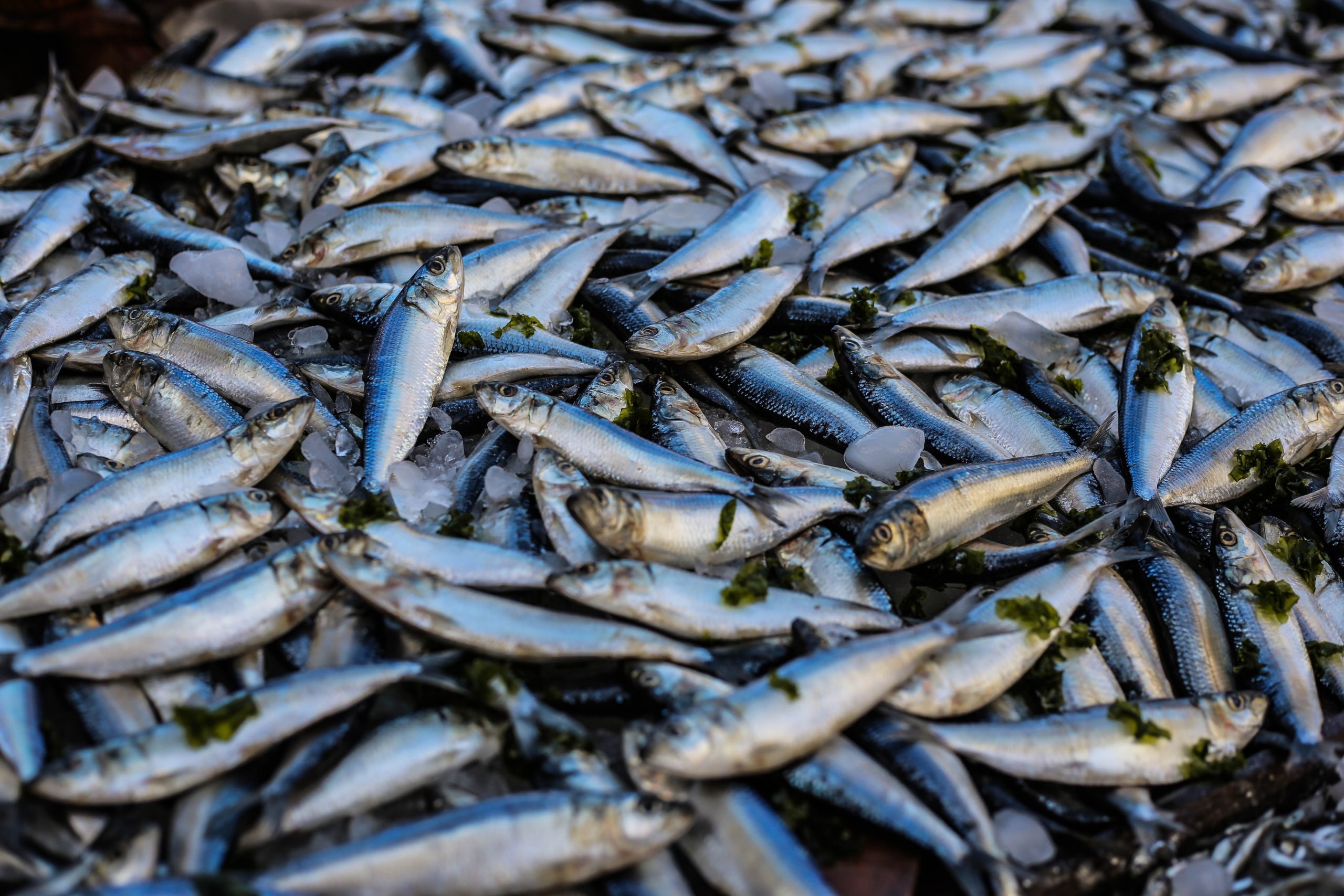Reducing pig mortality
Too many piglets die in Danish pig production. Figures from the industry show that piglet mortality was approx. 23 % in 2020. This means that out of the 41.9 million piglets born in 2020, 9.7 million died.
Professor Lene Juul Pedersen, Department of Animal Science at Aarhus University (AU), points out that the continuous increase in litter sizes is the culprit creating the problems.
Large litters are a result of breeding goals
Increasing litter sizes are the result of a breeding strategy, according to which breeding animals are selected based on their genetic ability to give birth to large litters. However, already in the 2000’s it turned out that piglet mortality reached an unacceptable level.
Based on results from a research project accomplished in cooperation between Aarhus University (AU) and the Danish Pig Research Centre (now SEGES) and funded by the Danish Pig Levy Foundation, the Danish Pig Research Centre board decided to adjust the breeding goal of “as many piglets born as possible” to a goal of “as many living pigs as possible on day 5 after birth” (LG5). According to this goal, litter size at birth and number of living piglets at day 5 are given equal importance (an account of this is found in the report ”Pattegrisedødelighed i DK – Muligheder for reduktion af pattegrisedødeligheden i Danmark” (in Danish – “Piglet Mortality in Denmark – possibilities of reducing piglet mortality in Denmark”) prepared at a request from the Danish Veterinary and Food Administration).
Most piglets die during the first days after birth, and the new breeding goal was initially to combine the goals of increasing piglet survival rates and strengthen the fertility of Danish breeding animals at the same time.
What's the talk about native vegetables?
The partnering of the knowledge from University of Melbourne’s FVAS with Frankston City Council’s Down’s Estate Community Farm and the First Nations families of the Nairm Marr Djambana has provided a community hub, where food and stories can be shared, and opportunities created to build and sustain community.
The project aimed to strengthen community partnerships through the growing and consuming of indigenous vegetables, and develop knowledge and skills in choosing and growing of appropriate vegetables in a sustainable and collaborative way, harnessing the technical knowledge of the University of Melbourne, first nations knowledge and community passion.
A community kitchen at the Down’s Estate was established with funding from the project which will allow diverse community groups to gather and share food and gain an understanding of the value and importance of nutritious sustainable foods.
With the newly equipped kitchen, the Down’s Community Farm builds capacity for the promotion of healthy eating, culinary innovations and horticultural training for local communities providing opportunities for improve public health and welfare.
The project also created a local distribution chain to allow the realisation of the value of crops, as well as increased reach in the community.
Genetic mapping in Sweden
The Swedish breeding program for Arctic charr (Salvelinus alpinus) has been going on for almost 40 years and has been an important factor behind the success of farming charr in Sweden. To date, the breeding program has included classical quantitative genetics, where breeding fish are selected according to physical characteristics and known family ties. In recent years there have been major advances in genetic research, which can simplify and refine breeding and facilitate the sustainable development of Arctic charr farming.
At the research station in Kälarne, Jämtland, a first step has now been taken to update the breeding program through the introduction of genomic methods (the use of the genetic code in the genome), for example to identify extra valuable individuals.
[…]
The results show a good genetic status of the breeding fish and there are no signs that the breeding program is on its way into a dead end. However, continued monitoring of genetic diversity will benefit the long-term sustainability of the breeding work. The analyzes did not show any connection between inbreeding rate and egg survival. This indicates that the low reproductive success seen among charr in Swedish aquaculture is probably not a result of the breeding work. Further analyzes are currently being carried out to find genetic markers for fertility in male charrs.
Overall, the work with these new methods contributes to creating good conditions for sustainable development for Swedish-bred charr.

